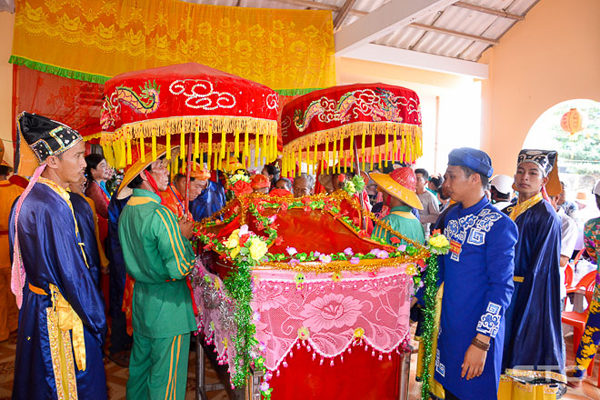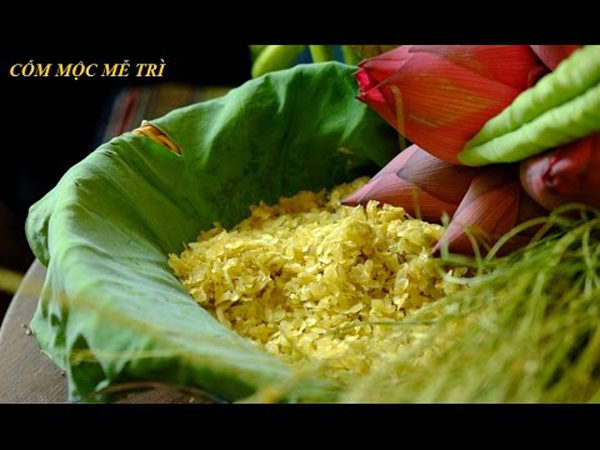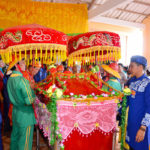
Rite of Nghinh Ong festival (Tran De town, Tran De district, Soc Trang province)
Accordingly, intangible cultural heritages are announced under 5 categories: folk performance arts, traditional crafts, traditional festivals, social practices and beliefs and folk knowledge. 17 intangible cultural heritages are included in the List of the National Intangible Cultural Heritages in this phase:
- Luon Coi – traditional singing of Tay ethnic minority group (Pac Nam District, Bac Kan Province);
- Forging craft of Nung An ethnic minority group (Phuc Sen Commune, Quang Yen District, Cao Bang Province);
- Can Tho singing (Thoi Lai District, O Mon District, Cai Rang District, Can Tho City);
- Men Loong Phat Ai – cockscomb Tet festival of Cong ethnic group (Pa Thom Commune, Dien Bien District – Nam Ke Commune, Muong Nhe District – Pa Tan Commune, Nam Po District, Dien Bien Province);
- Ga Ma Thu – a traditional worshipping ritual of Ha Nhi ethnic minorities (Sin Thau Commune, Chung Chai Commune, Sen Thuong Commune, Leng Su Sin Commune, Muong Nhe District, Dien Bien Province);
- Ba Danh Pagoda Festival (Ngoc Son Commune, Kim Bang District, Ha Nam Province);
- Quyen Son dam singing (Thi Son Commune, Kim Bang District, Ha Nam Province);
- rieu Khuc village’s festival (Tan Trieu Commune, Thanh Tri District, Hanoi City);
- Me Tri Com (young sticky rice flakes) making (Me Tri Ward, Nam Tu Liem District, Hanoi City);

Me Tri Com (young sticky rice flakes) making (Me Tri Ward, Nam Tu Liem District, Hanoi)
- Mo Tham That ritual of Tay ethnic minorities (Lang Giang Commune, Van Ban District, Lao Cai Province);
- Then ritual of Giay ethnic minority group (Bat Xat District, Lao Cai Province);
- Cap sac (maturity ritual) of Dao Quan Chet ethnic minorities (Xuan Thuy Commune, Yen Lap District, Phu Tho Province);
- Brocade weaving of Hre ethnic people (Ba Thanh Commune, Ba To District, Quang Ngai Province);
- Robam dance of Khmer people (Tai Van Commune, Tran De District, Soc Trang Province);
- Nghinh Ong (Whale Worship) festival (Tran De Town, Tran De District, Soc Trang Province);
- Patterns on traditional clothes of Red Dao ethnic group (Son Duong District, Ham Yen District, Chiem Hoa District, Na Hang District, Lam Binh District, Tuyen Quang Province);
- Xuong singing of Muong people (Cao Ngoc Commune, Thach Lap Commune, Minh Son Commune, Ngoc Lac District, Thanh Hoa Province);
Thus, at present, the whole country has 288 intangible cultural heritages including in the List of the National Intangible Cultural Heritages by the Minister of Culture, Sports and Tourism.
The decision stated that the Chairman of the People’s Committees at all levels where intangible cultural heritages are included in the list of the National Intangible Cultural Heritages this time will, within the scope of their duties and powers, conduct state management of the intangible cultural heritages in accordance with the law on cultural heritage.
PV
Photo: Internet

